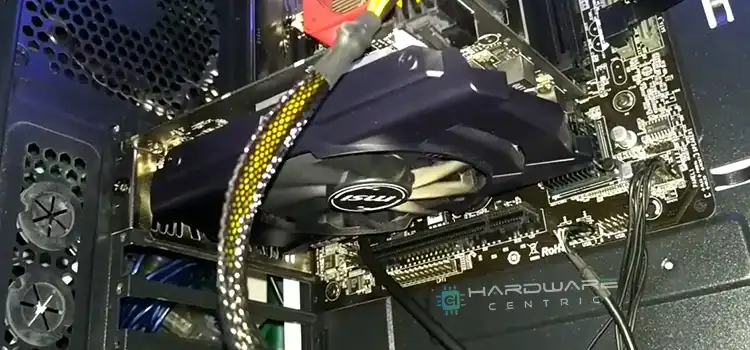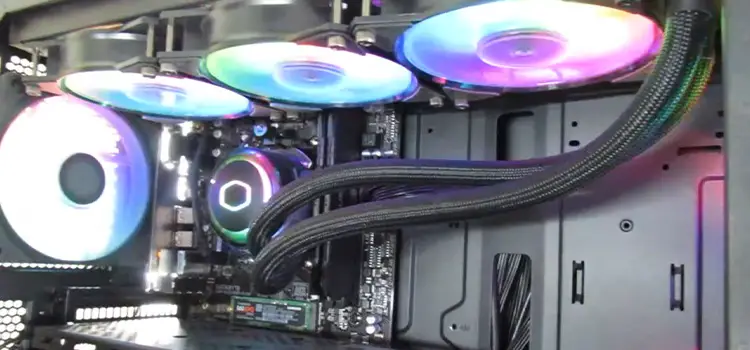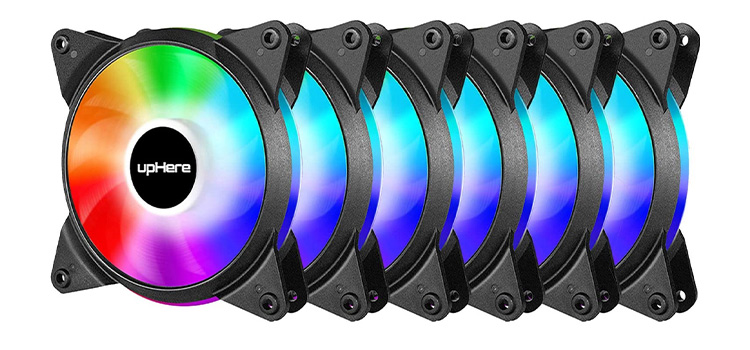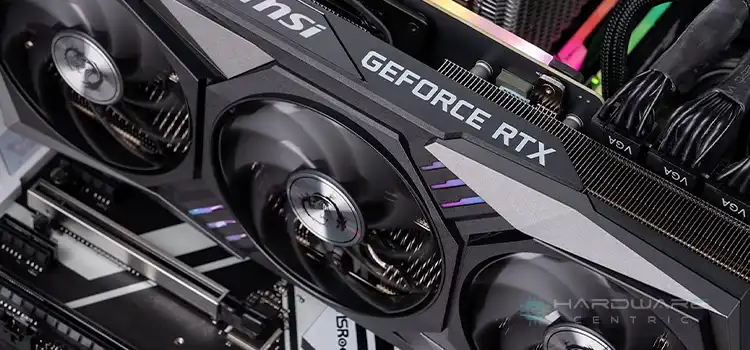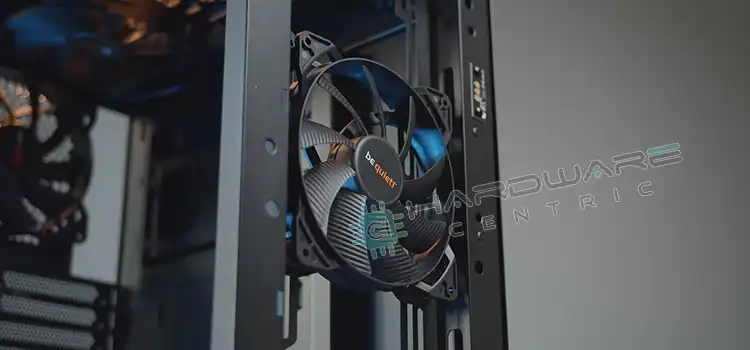How to Tell If Liquid Cooling Pump Is Working Properly (2 Easy Ways)
Day by day we’re being highly dependent on our computers to do most of our digital stuff, for example, gaming, programming, designing, or simply entertainment. Some of these tasks require a higher percentage of CPU usage being CPU-intensive tasks. Therefore, when the CPU starts overheating, there are no alternatives to dissipate the heat but CPU coolers. And in terms of CPU coolers, the liquid coolers are undoubtedly the best.
Liquid coolers are fine as long as their liquid cooling pumps are working well. But if you don’t have more experience with liquid coolers, it’s understandable that you don’t know the process of determining if a liquid cooler’s liquid cooling pump is working. You can tell it in a few ways including checking the pump’s RPM. Take a few minutes and read the entire post to know them all.
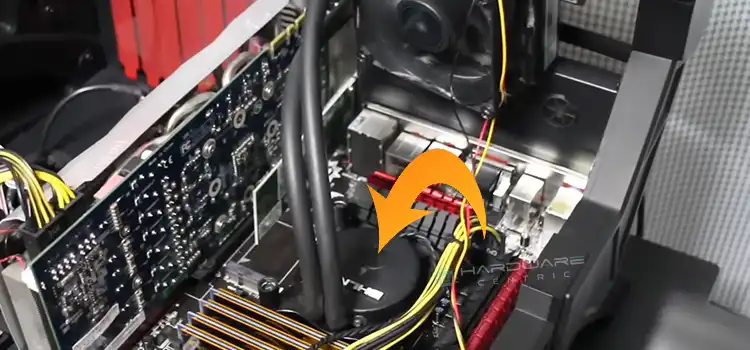
How Do You Tell if Liquid Cooling Pump Is Working?
The cooling pump is the most vital component of any liquid cooling system. Whether your CPU temperature will be lower or not mostly depends on the liquid’s (water, refrigerant) circulation in the pump. That’s why if your pump stops working, the whole cooling process will be hampered and the cooler will fail to cool your CPU.
Therefore, it’s pretty important to find out if your liquid cooler’s cooling pump is working accordingly. Basically, there are two ways to find that. One is checking the pump’s RPM from BIOS and the other one is physically checking the pump’s status.
Way 1: Verify Pump RPM
This is considered the perfect way to tell if your cooling pump is operating. This can be ensured when both the pump cable and fan header are connected to each other on the motherboard. Therefore, make sure that the pump cable is firmly connected to the power supply using a compatible 4-pin Molex fan adapter. It’ll let you have the correct RPM reading.
After that, you need to access your BIOS. So –
Step 1: Turn on your PC and press the designated key for your OS to get into BIOS while booting up.
Step 2: Then look for the Smart Fan setting and check the fan’s speed there.
If it’s shown the RPM reading properly that means your liquid cooling is working.
NOTE: You can also make use of the HWMonitor which is a third-party program and capable of showing you the pump’s RPM. Just download and install it from its official website, launch it accordingly, and check for PUMPFAN or CHA_FAN for the reading.
Way 2: Verify the Pump Physically
This is a unique yet effective method to ensure that the cooling pump is functioning. You just need to verify whether the pump is vibrating or not. To do that –
Step 1: Open the side part of the PC chassis and turn on the PC.
Step 2: Now, softly put your hand on the cooling pump.
If you feel the water circulation and the vibration, it indicates that the liquid cooling pump is working.
Frequently Asked Questions and Answers (FAQs)
How do I know if my liquid cooler is failing?
The simplest way to determine that is by using a hardware monitoring utility to check the CPU temperature. If the temperature is higher than regular, the liquid cooler is failing. Another way is to check the pump. If there’s any clogging in the pump then the liquid can’t circulate through it as it should. If so, it means your cooler is failing to dissipate the heat.
How do I know if my liquid cooling pump is still good?
You’ve to look for some particular symptoms to make sure that your cooling pump is still good. Those are – there is no overheating, there is no engine noise, there are no coolant leaks, etc. So, if you find these symptoms in your cooling pump then most likely your liquid cooling pump is okay.
How long does liquid cooling last?
Typically, the liquid cooling pump in a liquid cooler last up to 10 years. It can be more or less depending on how much stress the cooler has to handle frequently while tackling the CPU overheating.
Conclusion
Thus far, we’ve shared the prominent methods that’ll let you tell if the cooling pump of your cooler is working. Both methods are pretty simple to apply so there’s no hassle at all. Just act according to the steps mentioned above and let us know if you find this post useful.
Subscribe to our newsletter
& plug into
the world of PC Hardwares
